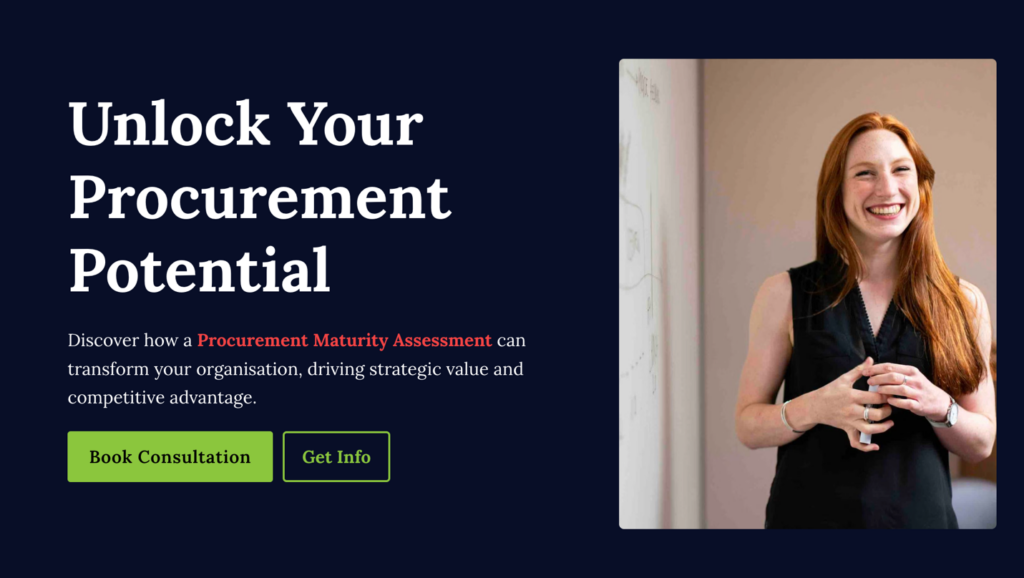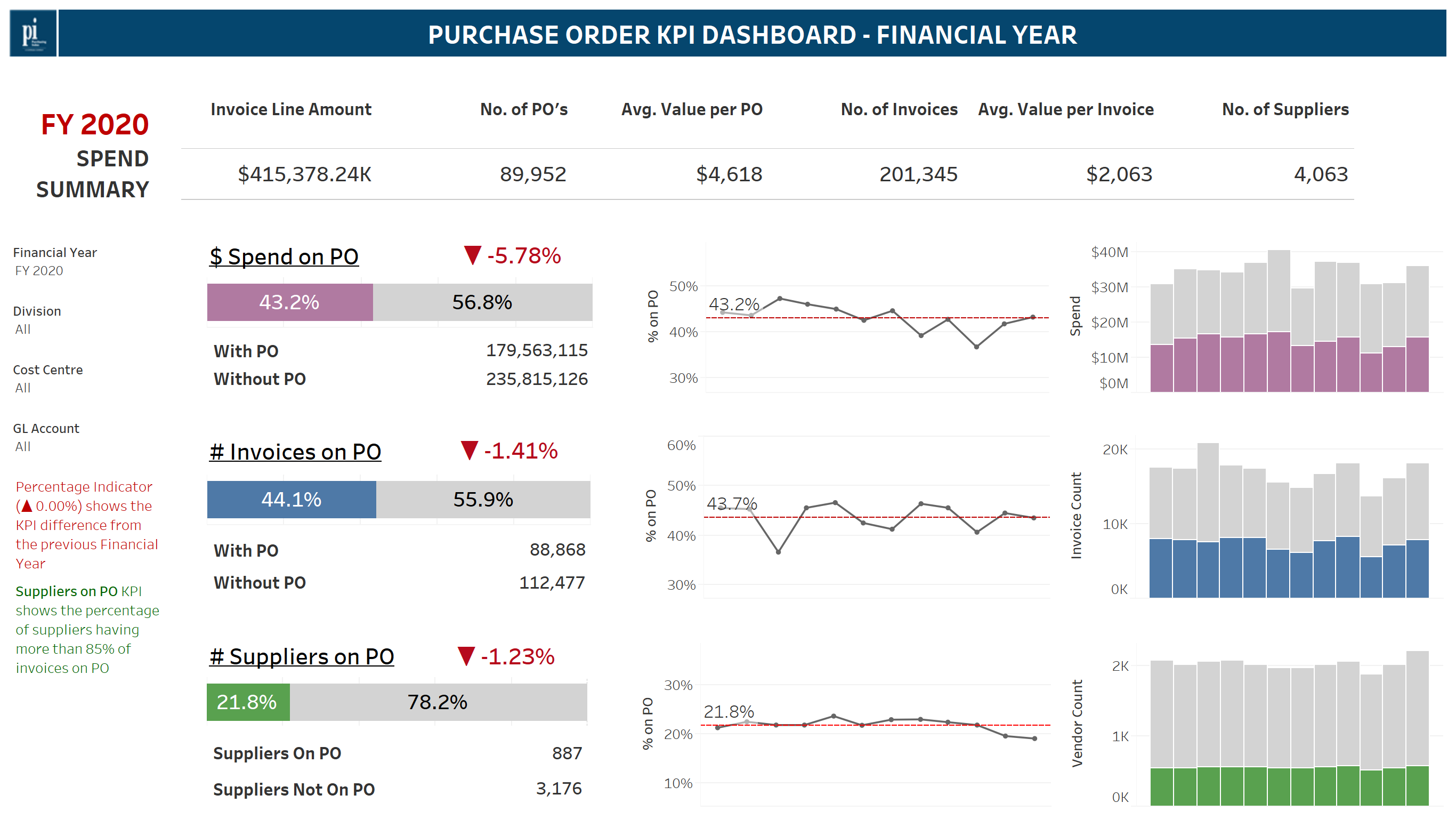Have you noticed how procurement’s really stepped into the spotlight? Remember when procurement was just that back-office team, crunching numbers and chasing discounts? We’ve come a long way from just being the ‘purchasing department.’ These days, we’re right at the heart of business strategy. We’re driving innovation and shaping business strategy.
This journey, often referred to as ‘procurement maturity,’ involves progressing through various stages, each with new challenges and capabilities.
In this article, we’re going to walk through this evolution. Let’s first take a look through a historical lens, tracking Procurement’s maturation as a profession. I. Three Waves of Procurement
Each of these represents a big shift in how we approach procurement.
Buy to Produce (B2P)
The Buy to Produce (B2P) phase focuses on cost reduction and efficiency. It is characterised by a transactional approach, prioritising price and volume to achieve savings.
So, what does this ‘Buy to Produce’ phase look like in real life?
- Transactional Nature: Procurement activities are primarily transaction-driven, with an emphasis on negotiating the best possible prices and ensuring timely delivery of goods and services.
- Cost Focus: The main objective is to reduce costs through bulk purchasing and negotiating discounts, often at the expense of supplier relationships and long-term value creation.
- Limited Strategic Impact: Procurement operates in a silo, with minimal integration into broader business strategies, leading to missed opportunities for adding value beyond cost savings.
Now, this approach comes with its own set of headaches:
For one, it’s all about the here and now. The emphasis on cost reduction can lead to decisions that sacrifice quality, innovation, and long-term supplier relationships. Plus, procurement’s not really in sync with what the company’s trying to achieve overall limiting its ability to contribute strategically to the organization.
Does any of this sound familiar? It’s pretty common, especially for companies just starting to think seriously about procurement.
Buy to Sell (B2S)
The Buy to Sell (B2S) phase emphasises supporting sales and market expansion. This phase marks a significant shift from purely cost-focused procurement to a more strategic function that aligns with business growth objectives.
The key characteristics of this phase include:
- Enhanced Supplier Management: Procurement begins to prioritize quality, reliability, and the ability to meet customer demands, leading to improved supplier performance and stronger relationships.
- Focus on Market Expansion: Procurement supports the organization’s growth by ensuring that the supply chain can meet the demands of new markets and customer segments.
- Strategic Partnerships: Developing long-term relationships with suppliers becomes crucial, requiring procurement professionals to develop new relational and negotiation skills.
Now, it’s not all smooth sailing. There are some tricky bits:
While the focus shifts towards supporting sales, procurement must still manage costs effectively without compromising on quality and reliability. This means that supplier relationships get more sophisticated. It’s not just grabbing coffee once a year anymore. We need to really understand our suppliers, their business, the market. Which then requires more sophisticated relational skills and more data, better data and cleaner data.
This is the shift to becoming real business partners.
Buy to Innovate (B2I)
The Buy to Innovate (B2I) phase focuses on innovation and co-creation with suppliers. It involves a collaborative approach, forming strategic partnerships that drive value creation beyond mere cost savings.
- Collaborative Innovation: Procurement collaborates with suppliers to drive innovation, leveraging their expertise to create new products, services, and processes.
- Strategic Partnerships: Relationships with suppliers are deepened, with an emphasis on co-creation and shared goals, leading to mutual benefits and competitive advantage.
- Value Creation: The focus shifts from cost savings to creating value through innovation, quality improvements, and enhanced customer satisfaction.
This approach comes with its own set of challenges:
For one, innovation isn’t without risks. We might invest in projects that don’t pan out, so we need to be smart about managing these risks.
Then there’s the tricky business of truly integrating suppliers into our innovation process. It requires top-notch collaboration, crystal-clear communication, and making sure everyone’s on the same page. Read my article on “What makes a Supplier Relationship Truly Successful” here for a deeper dive on this.
Understanding these challenges is key. It’s what helps us guide procurement towards real maturity. We’re not just evolving; we’re revolutionising how procurement adds value to the business.
The Role of Procurement Consultants in Driving Maturity
Here at Comprara, as procurement consultants, we’ve had a front-row seat to this whole transformation. We’ve been right there, guiding companies through these ‘Three Waves of Procurement’ we’ve been talking about.
We help navigate the journey from that initial ‘Buy to Produce’ phase – where it’s all about cutting costs – to make that leap into ‘Buy to Innovate’. This is the big league, where we’re forming strategic partnerships with suppliers and driving innovation together. It’s procurement at its finest.
We’re talking tailored strategies, streamlining processes, and bringing in cutting-edge tech. We roll up our sleeves and get into the nitty-gritty. It’s all about boosting that procurement maturity.
And the results? Well, they speak for themselves. We’re not just helping companies save money – although that’s certainly part of it. We’re helping them gain a real edge in the market. It’s about transforming procurement from a cost center to a value driver.
We’ve seen firsthand how this evolution can reshape businesses. There’s nothing quite like watching a company realise the full potential of its procurement function. It’s why we do what we do.
Key Takeaways from Procurement’s Evolution
As procurement evolves, it brings forth critical insights and lessons that organisations must consider enhancing their procurement maturity. This section explores three key takeaways: the challenges in procurement, the importance of Supplier Relationship Management (SRM), and the opportunities presented by digitalisation. These elements are essential for understanding how procurement can transition from a traditional function to a strategic driver of business success.
A. Challenges in Procurement
The procurement function has undergone significant transformations, necessitating evolving skillsets. There is an increasing need for relational and collaborative skills as procurement moves beyond traditional cost-reduction models. Today’s procurement professionals must be adept at managing co-innovation with suppliers, fostering partnerships that drive mutual value.
This transition from purely transactional relationships to strategic, value-creation models presents both opportunities and challenges, requiring a rethinking of traditional procurement roles and approaches.
First off, we’re talking about a whole new skillset. Gone are the days when knowing how to crunch numbers was enough. Now, we need procurement pros who can build relationships, think strategically, and spark innovation. It’s like we’re creating a new breed of procurement superhero.
And the culture? That needs an overhaul too. Organizations must cultivate a culture that supports collaboration and long-term value creation rather than short-term cost savings.
It’s a mindset shift, and believe me, it doesn’t happen overnight.
Then there’s the roles themselves. We’re basically rewriting job descriptions here. It’s not just about being efficient buyers anymore. We’re talking about people who can engage suppliers strategically and drive innovation.
Of course, this means a big push on training and development. We can’t expect people to just magically have these new skills. Companies need to invest in their procurement teams, giving them the tools they need to thrive in this new world.
And here’s a big one – breaking down those silos. Procurement can’t be off in its own corner anymore. We need to be right in there with sales, marketing, R&D – you name it. It’s about making sure procurement is in lockstep with the company’s big-picture goals.
It’s a lot to take in, I know. But trust me, when you see a company really nail this transition? It’s something special. That’s what we’re aiming for – turning procurement into a real powerhouse for the business.
B. Importance of Supplier Relationship Management (SRM)
Supplier Relationship Management (SRM) has evolved from basic transactional interactions to strategic partnerships. Effective SRM is now crucial for managing trust and growth in supplier relationships. Building strong, trust-based relationships with suppliers can significantly enhance an organisation’s agility and innovation capabilities.
We’re talking suppliers who perform better, less risk all around, and everyone moving in the same direction strategically – enhancing competitive advantage.
Let’s break this down a bit:
Not all suppliers are created equal, and we need to be smart about where we focus our energy.
The key is to identify which suppliers are truly strategic for your business. These are those who are critical to your operations and have the potential to drive real innovation and value.
With these strategic suppliers, we’re looking at building long-term partnerships that go way beyond just cutting costs. We’re talking about collaboration on innovation, sharing of risks and rewards, and creating value for both sides. These are the relationships you want to nurture and develop.
But here’s the thing – you can’t treat every supplier this way.
You don’t have the time or resources. For many suppliers, a more transactional relationship is perfectly fine. The trick is knowing the difference and allocating your attention accordingly.
Now, mature organizations are taking this to the next level with technology. They’re using AI and advanced analytics to streamline their supplier management processes, especially for that long tail of transactional suppliers.
Imagine AI systems that can automatically categorize suppliers, flag potential risks, and even predict performance issues before they happen. This isn’t just about efficiency – it’s about driving risk out of the supply chain and ensuring compliance across the board.
The result? A procurement function that’s lean, agile, and smart.
It can manage thousands of suppliers efficiently while still giving the necessary attention to those critical few that can really move the needle for your business.
So, how do you really get a handle on your supplier base? This is where a robust spend analysis comes in. It gives you a clear picture of which suppliers are truly critical to your business, which ones are delivering the most value, and where there might be untapped potential.
At Comprara, we use advanced analytics to dig deep into your procurement data, looking at factors like spend volume, frequency, quality of goods or services, innovation contribution and strategic alignment.
With this analysis in hand, you can clearly identify those suppliers who aren’t just important but could be real game changers for your business. These are the relationships you need to invest in, the ones that deserve your time and attention for building strategic partnerships.
For the rest of your suppliers, the analysis helps you optimize your approach. You can keep things efficient and professional, using technology to streamline processes and manage risks. But you’ll know not to expect these suppliers to drive your business strategy.
Remember, in procurement, knowledge is power. A comprehensive spend analysis gives you that knowledge, helping you make informed decisions about where to focus your efforts for maximum impact.
When you put all this together, you’re looking at a significant competitive advantage. It’s not just managing suppliers anymore; it’s about building a network of partners all working towards shared goals.
And when you see it done right, it’s impressive.
C. Digitalisation as an Opportunity
Digitalisation offers significant opportunities for enhancing procurement maturity. By streamlining processes and enabling data-driven decision-making, digital tools can transform procurement operations. The benefits of digitalisation include improved efficiency, accuracy, and visibility across the supply chain.
Importantly, technology allows procurement professionals to shift their focus from routine tasks to more strategic activities, such as supplier development and innovation management.
It’s really changing the game, pushing procurement into a more strategic role.
By automating the routine tasks, procurement can focus on the big-picture . We’re talking innovation, competitive advantage, the kind of work that really moves the needle for a business.
We’re seeing huge gains in efficiency. Digital tools are streamlining our processes, cutting down on all that manual work, and making operations run smoother. It’s like we’ve upgraded from a bicycle to a sports car in terms of how fast and efficiently we can work.
Then there’s the data side of things.
With better analytics, we can make smarter choices and plan more strategically. But it’s not just about having a bunch of different digital tools. We need to think about how all these technologies work together. We’re aiming for solutions that give us visibility and control over the entire supply chain, end to end.
Now, I won’t sugarcoat it – digital transformation comes with its challenges. Change can be tough, and we often see some resistance. Plus, we need to keep improving our digital skills constantly. It’s a journey, not a destination.
But here’s the bottom line – when we get this right, procurement stops being just a support function. We become real strategic players, driving value for the whole organisation. That’s an exciting place to be.
D. Procurement Consultants as Co-Pilots
By partnering with procurement consultants like Comprara, organisations can effectively navigate the three waves of procurement, leveraging expert insights and resources to drive significant business value and achieve strategic goals.
Our job is to guide companies from traditional procurement methods to a more strategic approach that really drives business success.
We do this in a few keyways:
First, we bring best practices to the table. We’ve seen what works across different industries, so we can help organisations streamline their processes, adopt new strategies, and really excel in their operations.
We also have access to a lot of benchmark data. This is valuable because it lets us show companies how they stack up against industry standards. We can pinpoint areas where they can improve and help them set realistic goals.
One of our big strengths is our objective view. When you’re part of an organisation, it can be hard to see the forest for the trees. We come in with fresh eyes, spot inefficiencies, and identify growth opportunities that might be overlooked internally.
Lastly, we bring deep expertise and specialised knowledge. This is crucial when it comes to adopting new technologies, improving supplier relationships, and overall, helping procurement functions mature and become more strategic.
Our goal is to be a valuable partner, providing the insights and guidance needed to transform procurement from a back-office function to a key driver of business success. It’s challenging work, but when we see the positive impact on our clients’ businesses, it’s incredibly rewarding.
Concluding Part 1
Procurement has come a long way, evolving from a transactional function focused solely on cost savings to a strategic powerhouse that drives innovation and business growth.
Understanding these stages is just the beginning. To truly harness that “power” of procurement maturity, organisations need to implement practical strategies and tools that drive continuous improvement and strategic alignment.
Read Part 2 here, where we will dive into actionable steps for advancing your procurement maturity. We’ll cover how to assess your current maturity level, develop essential new skillsets, leverage cutting-edge digital tools, build strategic supplier relationships, and measure your success.










